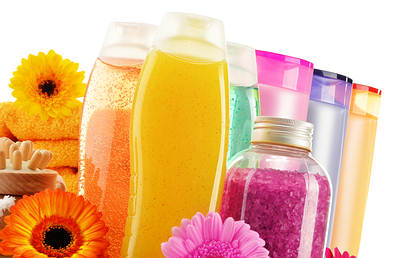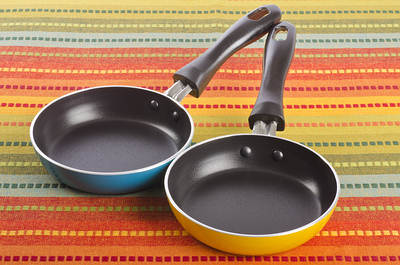7. Naphthalene Balls
Many people use naphthalene balls, also known as moth balls, when packing away wool clothes. They protect your clothes from being gnawed away by moths and other insects.
Some people also use these naphthalene balls to spread over their gardens and basement floors to keep away insects, birds and rodents.
However, exposure to naphthalene balls can prove harmful. A 2000 study published in the National Toxicology Program Technical Reports Series notes that a 2-year exposure to, and inhalation of, the naphthalene from naphthalene balls triggered cancerous activity in male and female rat models.
You may unknowingly inhale the naphthalene, absorb it through your skin and rub it into your eyes after touching naphthalene balls.Long-term exposure to this toxin can cause nausea, abdominal cramps, anemia, retinal and cataract disorders, and cancer.
8. Clothes Dryer
Approximately 2,900 clothes dryer fires occur in the U.S. each year and cause around 5 deaths, 100 injuries and $35 million worth of property loss, according to a 2012 study published in the Topical Fire Report Series.
When we wash clothes, especially heavier clothes like winter garments and blankets, they shed off lint. People assume their dryers catch all the lint in the lint trap.
However, that does not happen. Over time, washing and repeated shedding causes a lint buildup all over the dryer. Lint is highly combustible.
Furthermore, the dryer exhausts moisture and heat when in use. When it is clogged, it cannot properly exhaust and goes into overdrive.
This, in turn, causes it to produce more heat without any vent. The excessive heat, coupled with the lint buildup, sparks a fire.
9. Cosmetics
A majority of your favorite beauty products are laced with harmful chemicals that can, over time, cause some severe damage.
Preservatives like parabens and other harmful substances like lead, mercury and formaldehyde found in lipsticks, hair dyes, shampoos and other products have potent cancerous properties.
Silicone that is often injected into these products to create a post-application softness is also cancerous and causes skin constriction.
Phthalates are chemical compounds found in all fragrant cosmetics, such as deodorants, perfumes, nail polishes, shampoos, body gels and soaps.
They mimic hormones in the body and cause developmental and reproductive disorders. In pregnant women, they may cause certain birth defects in the child.
Mercury is mostly found in mascara and may cause brain disorders. Hydroquinone is a substance often found in skin-lightening products that causes reproductive disorders and is also a trigger for cancer.
10. Non-stick Cookware
Just because they keep your eggs from sticking to the pan does not mean non-stick cookware is your friend. Non-stick pots and pans are some of the most widely used kitchen appliances. However, they pose health threats that can prove severe in the long-term.
Non-stick cookware is made from Teflon, which is made from a chemical called perfluorooctanoic acid (PFOA). A 2008 study published in the International Journal of Andrology notes that PFOA causes low testosterone in men and women, and high estradiol (a type of estrogen) in women.
Low testosterone causes depression and reduced libido, while high levels of estradiol may obstruct ovulation and pregnancy. It has also been linked to ovarian tumors.
Furthermore, PFOA may cause cancer. A 2013 study published in Environmental Health Perspectives found that adults who were regularly exposed to PFOA reported testicular and kidney cancer.





No comments:
Post a Comment